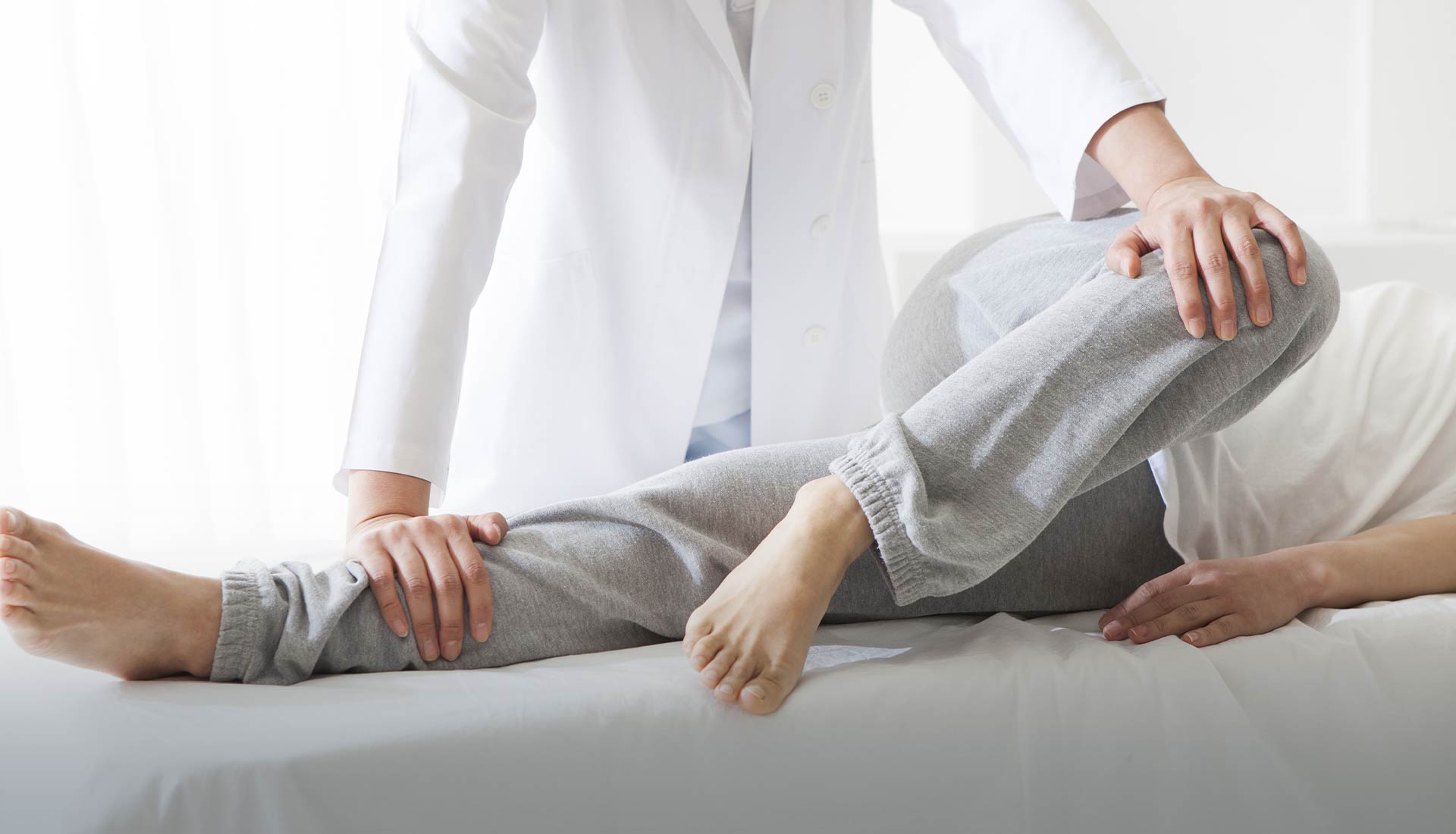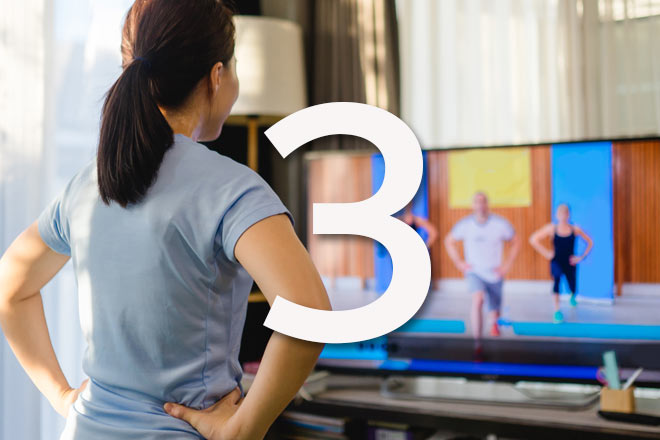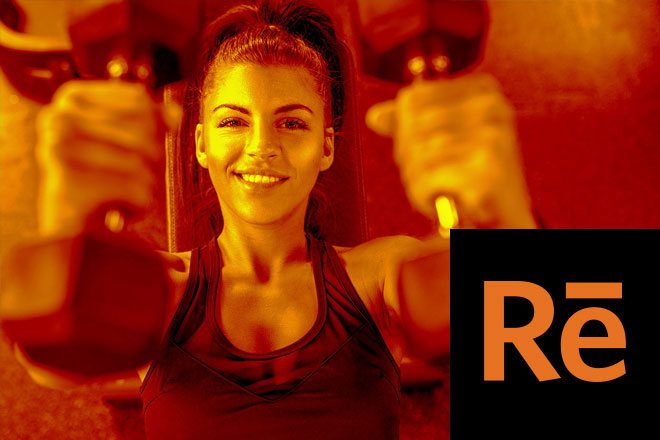What do I wear to an Osteopathy appointment?
Wear sportswear or gym kit that you can move in. For ladies, if the area of concern is your back, neck, or shoulders, please wear a sports bra as the osteopath will need to see your spine. For lower limb, hips, knees please wear shorts or cycling shorts so the physiotherapist can see the area clearly. If you have X-rays or scans of the affected area, please also bring these with you to your initial appointment.
Does Osteopathy hurt?
Most osteopathic treatment is gentle and should not cause pain. While some cases may require some heavier force to reproduce symptoms, a patient should never be in strong pain. If you are feeling discomfort, please inform your osteopath. Some people experience tenderness for a couple of days following a treatment, while their body reacts and adjusts accordingly. If this persists or get worse, contact your practitioner to discuss it.
Can Osteopathy help with neck pain?
Osteopaths are highly skilled at treating neck pain, including headache, whether is it caused by biomechanical issues, trauma, stress, osteoarthritis or other disease. An osteopath will also assess your spine, to see how this may be affecting your neck.
What are the most common conditions treated by Osteopaths?
People most commonly seek help from an osteopath for neck and back pain, arthritis, migraines and other headaches, sciatica, pregnancy-related discomfort, tendonitis, sporting injuries such as ankle sprains and rotator cuff strains, repetitive strain and overuse injuries and vertigo/dizziness.
Typically, how many Osteopathy sessions are required?
Often you will begin to see an improvement in your condition after one or two osteopathy treatments, but long-term or chronic conditions may require further treatment, and your practitioner will discuss this with you.
Can Osteopaths diagnose an injury?
Osteopaths are first contact practitioners and do not require a referral from a doctor, though a doctor may refer you for osteopathy. Just like doctors, osteopaths can diagnose an injury and follow it up with a treatment plan. Becoming an osteopath takes four years of full-time training and, upon qualification, an osteopath is a healthcare professional with a specific range of skills.
How do I know if I need Osteopathy?
If you are experiencing regular discomfort, aching or severe pain, you should seek help from an osteopath. An underlying issue causing the pain can be pinpointed by an osteopath and prevented from reoccurring. Even if you are not injured, you may benefit from visiting an osteopath as they are movement experts and can help you prevent future injury.
Can Osteopathy help with back pain?
Osteopaths are highly skilled at treating both upper and lower back pain, whether it is caused by muscle strain, poor posture, injury, stress, a herniated disc, osteoarthritis or other disease. It is always wise to seek help from an osteopath before back pain becomes too severe, as early diagnosis and intervention can make a huge difference with back pain.
How long will an Osteopathy session last?
Typically, an osteopathy treatment session will last between 30 and 60 minutes. Your initial appointment may take a little longer than subsequent visits.
What age-groups can benefit from osteopathy?
Due to the gentle nature of osteopathic treatments, osteopathy is suitable for all age-groups, from newborns to the elderly.











